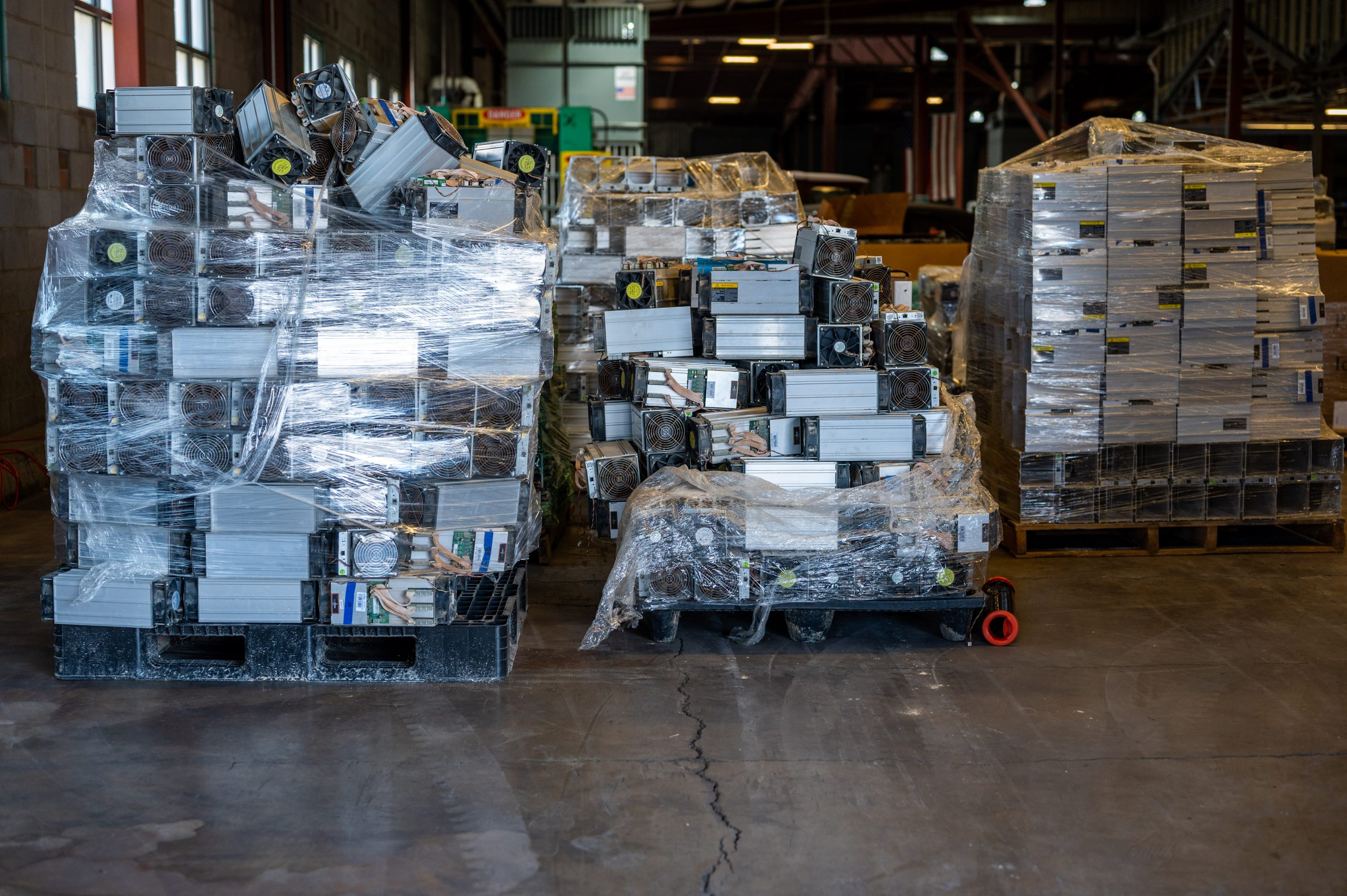
Nov. 29 (Reuters) – BlockFi, the first direct victim of the demise of cryptocurrency exchange FTX, told a bankruptcy judge in the United States on Tuesday that it was “the antithesis of FTX” and would work to restore customer assets as soon as possible.
On Monday, BlockFi filed for Chapter 11 protection, blaming the collapse of FTX and the volatility in the cryptocurrency markets. Early in November, BlockFi stopped allowing withdrawals from their system because of worries about FTX’s reliability.
Joshua Sussberg, an attorney for BlockFi, fought hard to differentiate his client from FTX at the company’s initial bankruptcy hearing in Trenton, New Jersey. Sussberg explained the complicated economic connections between the two companies but clarified that BlockFi did not share the issues that beset FTX, which abruptly collapsed earlier this month, creating worries of contagion through the whole industry.
BlockFi, on the other end, had mature and consistent leadership, employed the right experts, and followed the proper procedures and protocols, so according to Sussberg. In contrast, FTX’s bankruptcy filings revealed missing assets and a total failure of corporate controls.
Sussberg told U.S. that BlockFi was “shocked and saddened” to learn of FTX’s poor management. Judge Michael Kaplan in bankruptcy.
Sussberg outlined how BlockFi and FTX were intertwined while giving Kaplan a history of the company.
Before the crypto crisis in May, BlockFi had lent $680 million to the hedge fund Alameda Research, which is associated with FTX.



